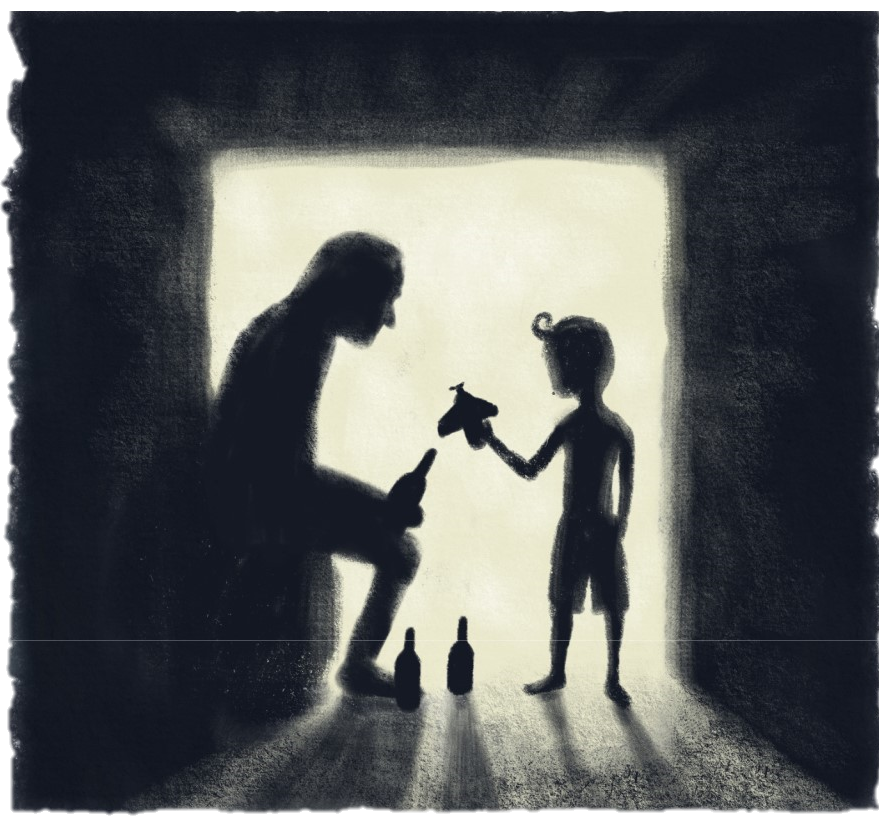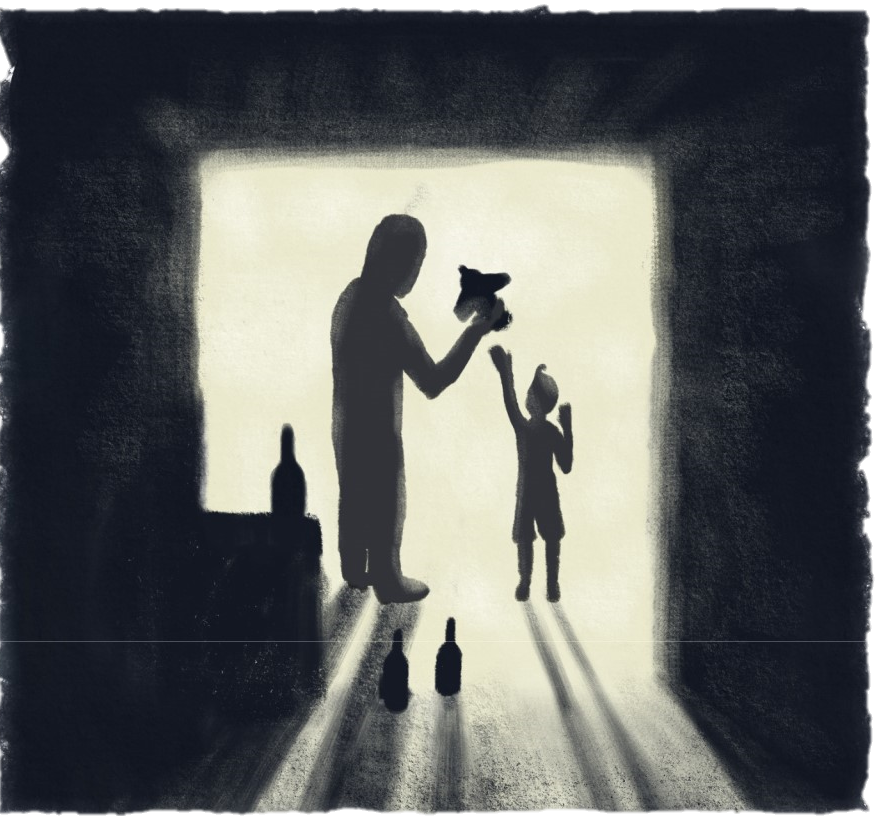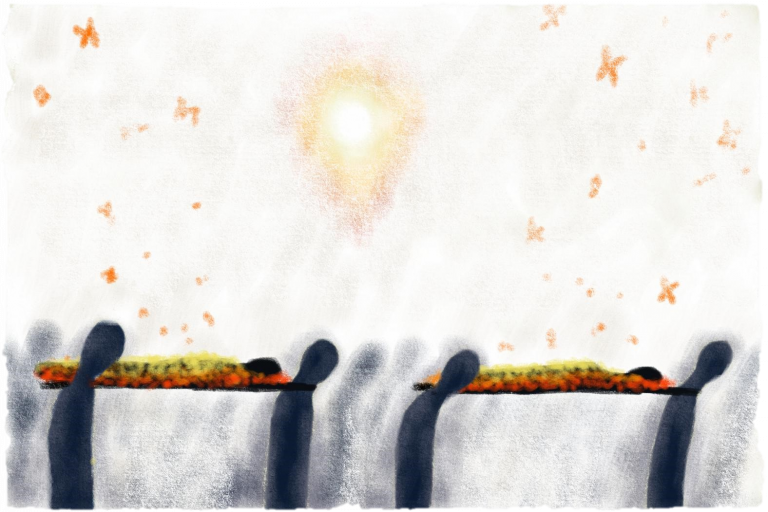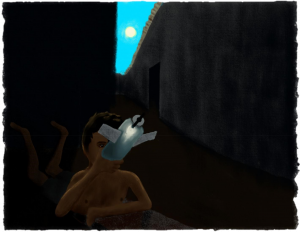The people we design for
Although the situation they live in is not optimal and with less perspective, the slum dwellers work together to try to improve their situation. Their main motive for this is providing a better future for their children, who grow up in a violent, alcoholic environment. This has been found as one of the most important values of the people in the slums.
Therefore, schools are often seen as a way out for children. Parents will often try to give them a good education. However, poorer children regularly get discriminated against. They also drop out more often to help provide for their family.



Community Feeling
This tight bond within a family also displays in the slums as a whole. The community in the slums is super tight. People in slums work together to help each other and find innovative ways to handle their problems. In many slums, residents learned not to rely on government officials and are instead taking matters into their own hands. This creates a tight-knit community with its own rules and culture, in which people rely on each other.
Social Hierarchy
In such a tight community, where the government’s absence leaves space for other parties to express their power, social hierarchy is utterly important.
Gender inequality is very much present in the slums. Men are the main providers of income and are therefore considered more important. They have more power in the slums than women.
Because most slums are not recognized by the government, other groups see opportunities to exercise power. This causes organized crime to have free rein in the slums. These organizations cause teenagers to drop out of school at a young age as the easy money they can earn is really appealing for these teenagers that try to provide for their families.
Religion also causes an important sort of social hierarchy. Most people in Mumbai are Hindu and therefore use the caste system. Although it was officially abolished in 1950, the caste system, in which each caste has its own responsibility and job in the society, is still a cause of much discrimination and inequality.


Waste recycling units in Dharavi (%)

Recyclers by hearth
A tight community also comes with some important advantages like teamwork, helping each other improve their situation. They are innovative and optimistic. One way to see their innovativeness and community is as you look at their immense recycling attitude.
If you walk around in the slums, one of the first things that will catch your eyes is the amount of waste material present. Mumbai is producing an enormous amount of solid waste and there are very few official management systems; 90% of the solid waste in India gets dumped on dump yards. The people in the slums of Mumbai use this as an opportunity. It is estimated that 80% of the solid waste is recycled by the people in the slums. This also offers opportunities for our product. The people in the slums are handy with using waste to build their houses and constructions and make small functional items. Therefore using waste materials would not be a problem in these slums.
